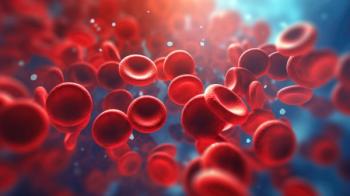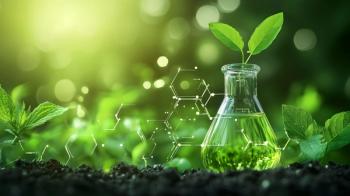
Ensuring the Safety of Plastic Toys for Children Using Gas Chromatography–Mass Spectrometry Coupled with Static Headspace
In a recent study, SHS-GC–MS was used to analyze children’s plastic toys to ensure their safety and efficacy.
With the holidays quickly approaching, parents will be purchasing gifts for their children – and ensuring the safety of those toys is a high priority.
In a recent study published by the Journal of Chromatography A, the research team used gas chromatography–mass spectrometry coupled with static headspace (SHS-GC-MS) to scrutinize acrylonitrile-butadiene-styrene (ABS) plastic toys, to ensure their safety for children (1).
The research introduced an innovative non-targeted screening strategy for ABS plastic toys, revealing critical insights into potential health risks (1). The study optimizes the SHS-GC-MS technique using response surface methodology, establishing optimal conditions with an extraction temperature of 120 °C and an extraction time of 48 min (1).
During the study, the research team identified a total of 83 volatiles within 11 categories, employing a combination of the NIST database library, retention index, and standard materials to achieve qualitative identification (1). Given the toxicity of high-risk volatiles in ABS plastic toys, the research team focused their study on identifying these volatiles in those plastic toys.
The study distinguishes between virgin and recycled ABS plastics, a vital aspect of plastic toy production (1). This differentiation was achieved through orthogonal partial least-squares discrimination analysis (OPLS-DA), coupled with other chemometric techniques such as principal component analysis, hierarchical cluster analysis, and linear discrimination analysis (1).
This study was important in highlighting why it is necessary to have a comprehensive approach in analyzing plastic toys for the safety of children. It represents a significant advancement in the field, offering a novel strategy for non-targeted screening and risk assessment of unknown volatiles. By identifying these high-risk volatiles using SHS-GC–MS, researchers can now take proactive steps to safeguard children's health (1).
One of the most significant outcomes of this research was the identification of 15 volatiles classified as high-risk substances, which will now be subject to safety pre-warning measures (1). This targeted approach ensures that potentially hazardous compounds are not present in plastic toys accessible to children.
Additionally, the ability to differentiate between virgin and recycled ABS plastics will help manufacturers and regulators enforce higher safety standards. By employing various chemometric techniques, the study has paved the way for better quality control in the production of children's plastic products (1).
This article was written with the help of artificial intelligence and has been edited to ensure accuracy and clarity. You can read more about our
Reference
(1) Wu, S.; Zheng, J.; Chen, Y.; Yi, L.; Liu, C.; Li, G. Chemometrics-based Discrimination of Virgin and Recycled Acrylonitrile-Butadiene-Styrene Plastics Toys via Non-targeted Screening of Volatile Substances. J. Chromatogr. A. 2023, 1711, 464442. DOI:
Newsletter
Join the global community of analytical scientists who trust LCGC for insights on the latest techniques, trends, and expert solutions in chromatography.




